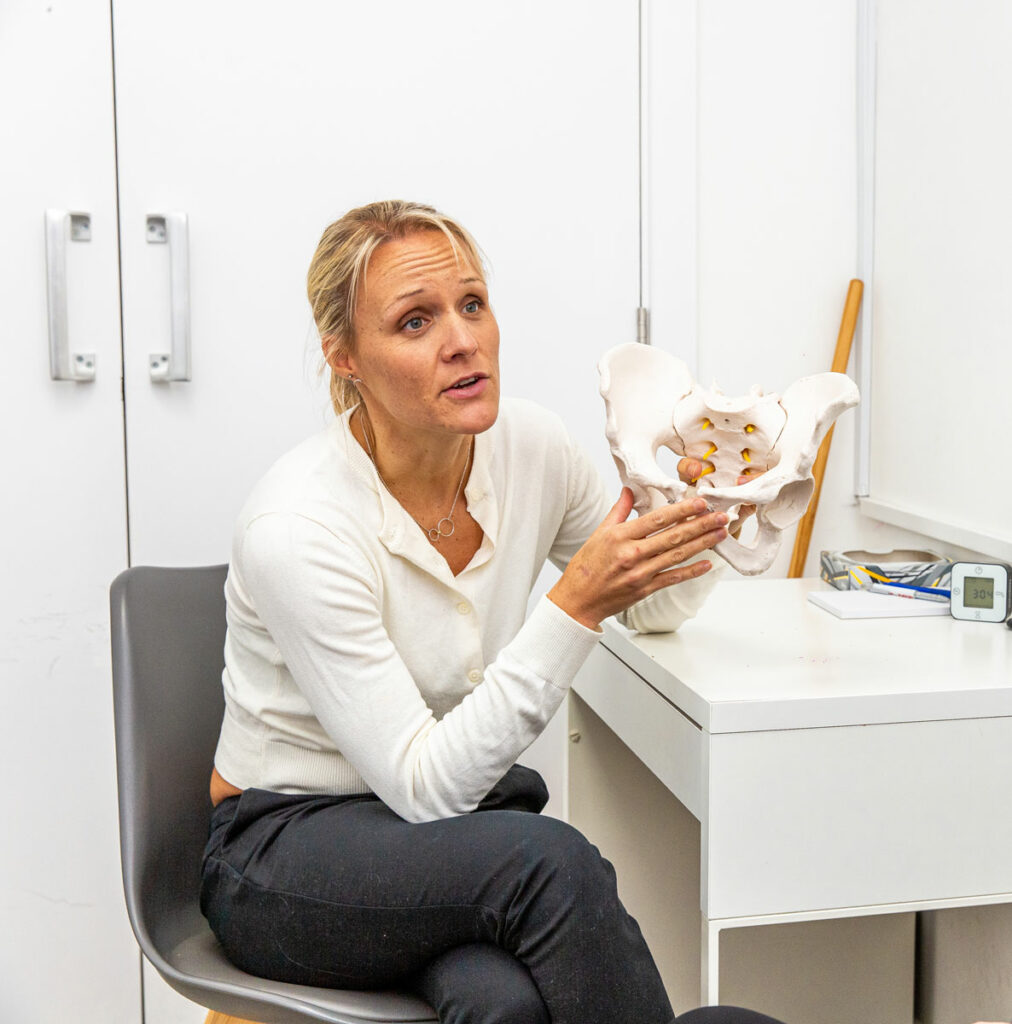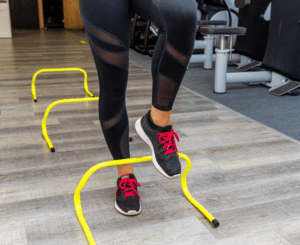Back Pain Myths You Should Know
Introduction:
Back pain affects millions of people worldwide, and it can be a debilitating condition that hampers daily activities and quality of life. Unfortunately, there are numerous myths and misconceptions surrounding back pain that often led to ineffective treatment and unnecessary anxiety. As physiotherapists, it is essential to shed light on these misconceptions and provide evidence-based information to help those of you who are suffering with back pain to make informed decisions about your rehabilitation and management. In this blog, we will bust some of the most common myths about back pain and offer helpful insights.
Myth 1: Rest is the Best Treatment for Back Pain
One prevailing myth is that rest is the best solution for back pain. While it is crucial to avoid activities that exacerbate your symptoms, prolonged bed rest can actually worsen your condition. Inactivity weakens the muscles supporting the spine and slows down the healing process. Physiotherapy, on the other hand, focuses on active rehabilitation, including exercises and stretches that promote flexibility, strength, and proper alignment, thereby facilitating recovery.
Myth 2: Pain Equals Damage
Many people believe that experiencing back pain indicates a serious underlying structural problem or damage. However, in most cases, acute back pain is caused by muscle strains, ligament sprains, or minor disc issues that do not involve significant damage to the spine. It’s important to understand that pain does not always equate to structural damage. Physiotherapists can assess your condition, identify the source of pain, and develop a tailored treatment plan to address the underlying causes effectively.
Myth 3: Surgery is the Only Solution
The notion that back pain can only be resolved through surgery is a persistent myth. The truth is that surgery should be considered a last resort and is typically recommended for a small percentage of individuals with severe, specific conditions. Physiotherapy offers a wide range of non-invasive treatments that can significantly alleviate back pain. These include manual therapy techniques, exercise programs, postural education, and ergonomic modifications to reduce strain on the spine. As well as support and education to help you feel comfortable moving again.
Myth 4: Exercise Makes Back Pain Worse
Contrary to popular belief, appropriate exercise is beneficial for managing back pain. Physical activity helps to strengthen the muscles supporting the spine, improve flexibility, and enhance overall spinal stability. Physiotherapists can guide you through exercises tailored to your specific needs, considering your pain levels and limitations. By gradually increasing your activity level under professional supervision, you can promote healing and prevent future episodes of back pain. As we say at Tops ‘Movement is Medicine’
Myth 5: Pain Medication is the Ultimate Solution
While pain medication can provide temporary relief, it is not a long-term solution for managing back pain. Relying solely on medication masks the underlying causes of the pain and can lead to dependency or undesirable side effects. Physiotherapy focuses on addressing the root causes of back pain through a holistic approach, combining hands-on techniques, exercise, education, and lifestyle modifications to achieve lasting pain relief and improved functionality.
Myth 6: Scans are necessary for the management and rehabilitation of your back pain.
We understand it is sometimes the first thought people think need when you have pain is to scan to see what is happening. While scans, such as X-rays, CT scans and MRI scans can provide valuable information about the structures of the spine, they are not always helpful or necessary for all patients in the management of back pain. Here are a few reasons why:
🡪Lack of correlation: Back pain is a complex condition that can have various causes, and the presence of abnormalities on scans does not always correlate with the presence or severity of symptoms. Many people with back pain have incidental findings on scans that are unrelated to their pain. Conversely, individuals without any back pain may have abnormal scan results. Therefore, the mere presence of abnormalities on a scan does not necessarily mean that they are the cause of the pain.
🡪Natural aging processes: As we age, degenerative changes in the spine are common and often appear on scans. These changes, such as disc degeneration, spinal arthritis, or bone spurs, are part of the natural aging process and do not always cause pain or require specific treatment. Imaging findings should be interpreted in conjunction with the patient’s symptoms and clinical examination to determine their significance.
🡪Overdiagnosis and overtreatment: Relying too heavily on scans can lead to overdiagnosis, which means identifying conditions or abnormalities that would never have caused symptoms or required treatment. This can lead to unnecessary worry, further tests, and potentially invasive procedures that may not improve the patient’s outcomes. Overtreatment can also result in increased healthcare costs and potential complications.
🡪Delayed recovery and disability: Studies have shown that patients who undergo early imaging for non-specific back pain tend to have a longer recovery time and are more likely to experience disability. This might be due to the psychological impact of seeing abnormalities on scans, leading to fear, anxiety, and a focus on structural issues rather than focusing on managing the pain and promoting functional improvement through non-invasive treatments.
It’s important to note that there are situations where scans are necessary and beneficial, such as when there are signs of a serious underlying condition, like fractures, tumors, infections, or neurological deficits. In such cases, scans can provide critical information for diagnosis and guide appropriate treatment. However, for most cases of non-specific back pain, scans are not the first-line tool and should be used judiciously, considering the patient’s symptoms, clinical examination, and response to conservative treatments. A comprehensive approach that includes a thorough history, physical examination, and consideration of other factors like lifestyle, ergonomics, and psychosocial factors is crucial in managing back pain effectively.
Conclusion:
Busting the myths surrounding back pain is crucial for informed decision-making and effective treatment. We, at Tops:Health, are here to help in managing back pain by providing evidence-based interventions that target the underlying causes and promote long-term recovery. If you are experiencing back pain, please feel free to consult with one of our qualified physiotherapist who can assess your condition, develop a personalised treatment plans, and guide you on the path to a pain-free life.



